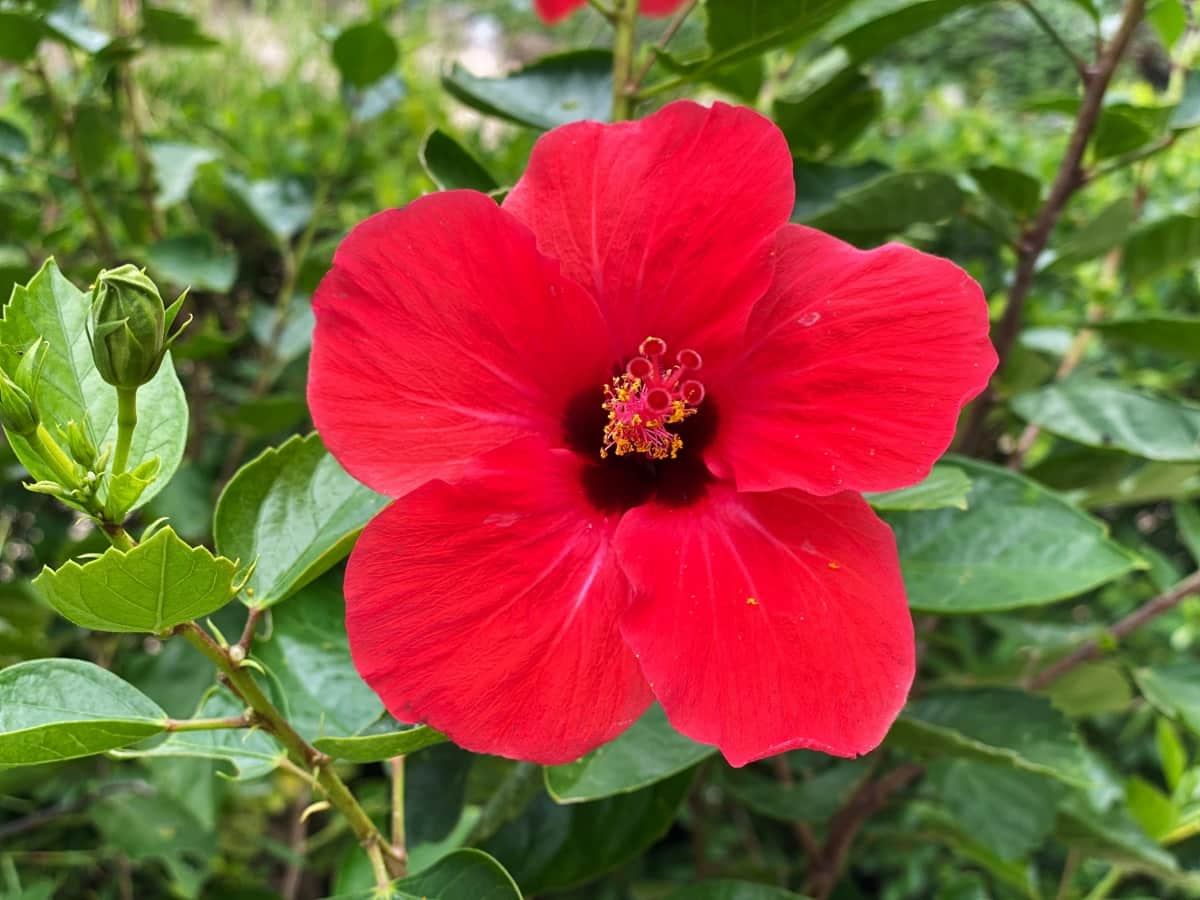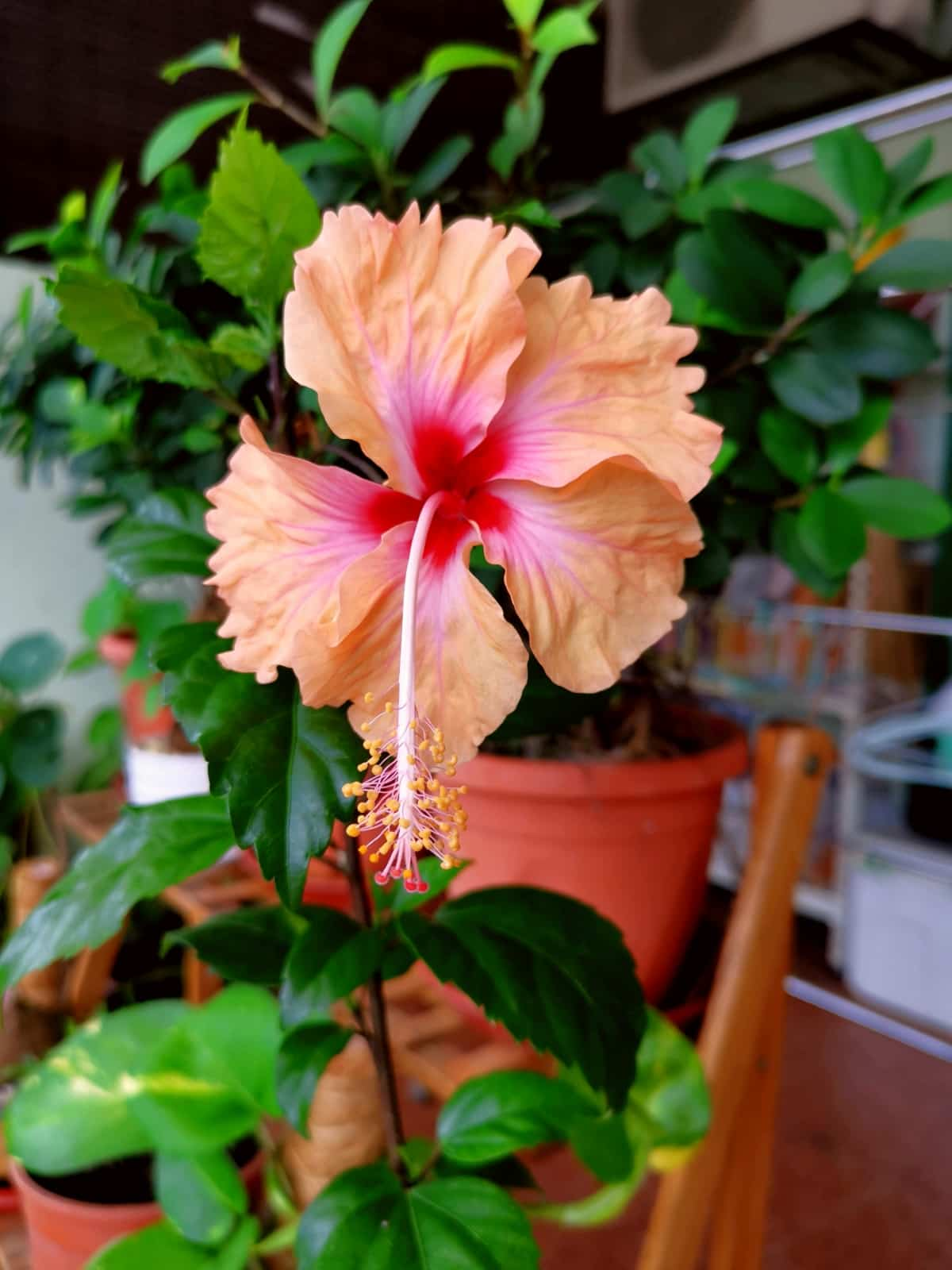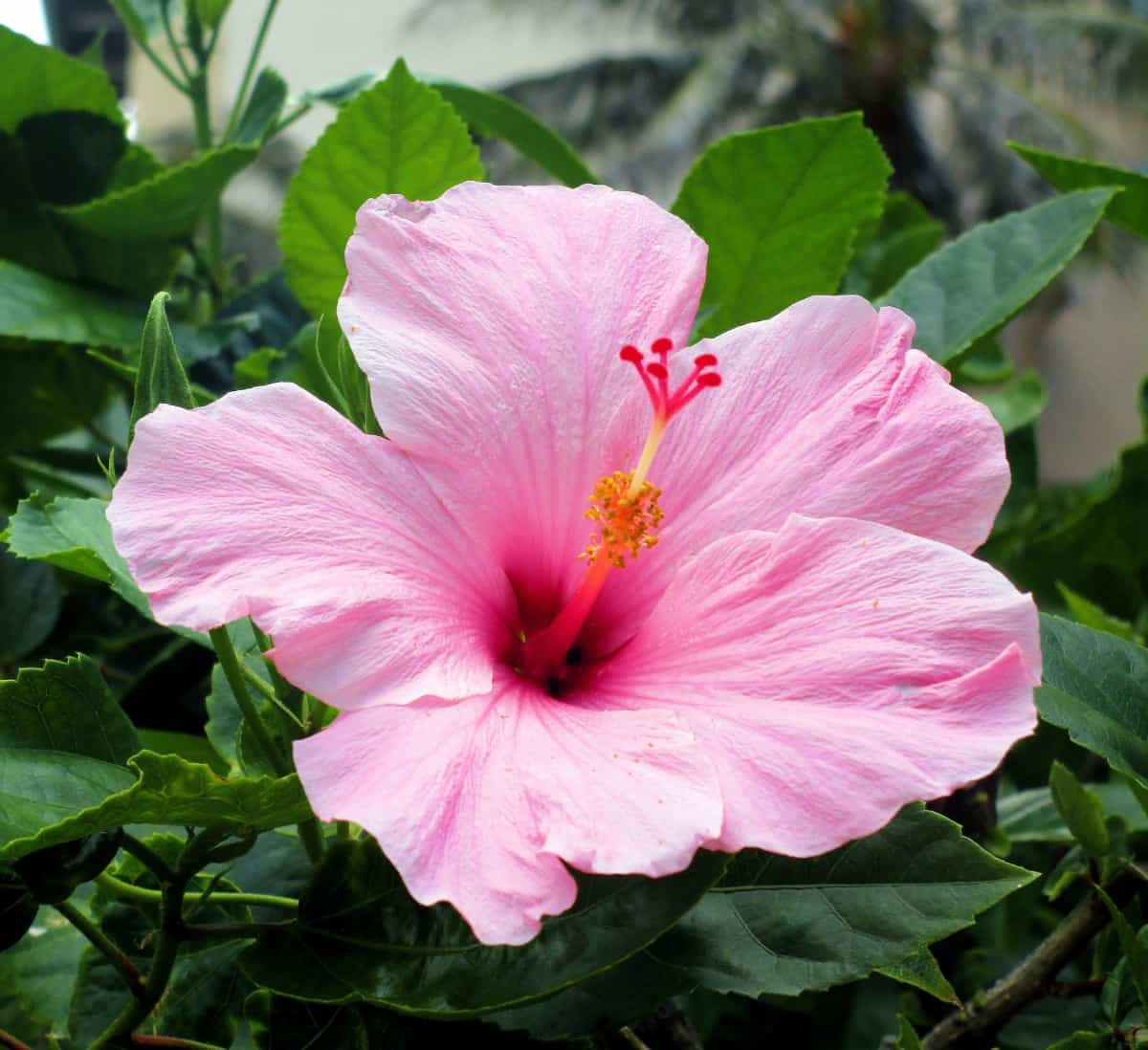Hibiscus plants are incredibly versatile, as they can grow into herbs, shrubs, or even small trees. Bone meal is an organic fertilizer that offers numerous benefits for Hibiscus plants. Applying bone meal to your Hibiscus plants is a simple and effective way to provide them with essential nutrients.

Introduction to Bone Meal for Hibiscus Plants
Hibiscus, a stunning flowering plant belonging to the Malvaceae family, is a sight to behold. Its large and vibrant flowers add a touch of beauty to any garden or landscape. Bone meal is a natural fertilizer derived from ground-up animal bones, typically from cattle or fish. It is rich in essential nutrients like phosphorus, calcium, and nitrogen – all beneficial for Hibiscus plants.
Benefits of Using Bone Meal for Hibiscus Plants
Bone meal is an exceptional natural supplement for Hibiscus plants due to its rich mineral content. First and foremost, it provides a rich source of essential nutrients such as phosphorus, calcium, and nitrogen. Phosphorus plays a vital role in promoting root development and flower production. With the help of bone meal, your Hibiscus plants will develop strong roots that can absorb water and nutrients more efficiently.
How do you add bone meal to Hibiscus plants? Adding bone meal to your soil ensures an adequate supply of calcium for your Hibiscus plants. In addition to these benefits, bone meal enhances soil fertility by improving its structure and moisture retention capacity. It is an excellent conditioner for sandy or heavy clay soils, making them more suitable for growing healthy Hibiscus plants.
Nutritional Composition of Bone Meal
Bone meal is a natural fertilizer that provides essential nutrients to Hibiscus plants. Is bone meal good for Hibiscus plants? The composition of the bone meal includes an array of nutrients that promote healthy growth and vibrant blooms. It contains high phosphorus, which is crucial for root development and flower production. Phosphorus aids in transferring and storing energy within the plant, ensuring strong roots and abundant blossoms. In addition to phosphorus, bone meal also contains calcium. Furthermore, bone meal offers trace elements such as magnesium and potassium.
When to Apply Bone Meal to Hibiscus Plants?
Timing is important when applying bone meal to your Hibiscus plants. You want to ensure you provide them with the right nutrients at the right time for optimal growth and blooming. When to feed Hibiscus plants with bone meal fertilizer? Generally, it is recommended to apply bone meal during the early spring or fall seasons. This is when Hibiscus plants actively grow and prepare for their flowering period.
In case you missed it: Bone Meal for Roses: Benefits, When and How to Apply

By giving them a boost of nutrients during this time, you can enhance their overall health and promote abundant blooms. If you apply bone meal in the spring, aim for late March or early April before new growth emerges. It’s best to do it for fall applications around September or October, so the plant has enough time to absorb the nutrients before winter dormancy sets in. Remember that every garden and climate may have specific timing requirements.
How to Apply Bone Meal to Hibiscus Plants?
- Prepare the soil: Before applying bone meal, make sure the soil around your Hibiscus plants is loose and well-draining.
- Determine the dosage: The amount of bone meal needed will depend on the size and age of your Hibiscus plants. Generally, 1-2 tablespoons per plant should be sufficient. Avoid over-application as it may lead to nutrient imbalances.
- Dig holes around the plants: Dig small holes around each Hibiscus plant, evenly spaced within its drip line.
- Sprinkle bone meal: Sprinkle the recommended amount of bone meal into each hole, ensuring it is spread evenly.
- Apply bone meal evenly: Sprinkle an even layer of bone meal into each hole, ensuring that it doesn’t come into direct contact with your plant’s roots.
- Cover and water: Carefully backfill each hole with soil, covering the bone meal completely without tightly compacting it around the root zone. Afterward, thoroughly water your Hibiscus plants to help settle everything in place.
- Repeat application annually: It’s best to apply bone meal once a year during early spring or late winter when new growth begins.
Ways to Use Bone Meal for Hibiscus Plants
One way is to mix the bone meal directly into the soil before planting your Hibiscus. This ensures that the nutrients from the bone meal will be readily available to the plant as it grows. Another option is to apply bone meal for established Hibiscus plants. For this, sprinkle the bone meal around the base of an established Hibiscus plant and then gently work it into the top layer of soil.
You can create a bone meal tea by soaking a handful of bone meal in water for several days. Once it has steeped, strain out any solids and water your Hibiscus plants with this nutrient-rich liquid. This method allows for easy absorption of nutrients through the roots. Additionally, you can incorporate bone meal into compost or organic fertilizer blends and apply them according to package instructions. Follow recommended dosage guidelines and monitor your plants’ response carefully.
How Much Bone Meal Should Be Added to Soil for Hibiscus?
The general rule of thumb is to apply bone meal at 1 cup per square yard of a garden bed or planting area. This will provide a good amount of nutrients without overwhelming the plant. Remember, Hibiscus plants have different nutrient needs at each growth stage, so you may need to adjust the amount accordingly. If you’re unsure how much bone meal to use for your Hibiscus, start with a smaller amount and monitor the plant’s response. If you notice signs of over-fertilization, such as burnt leaves or stunted growth, reduce the amount for future applications.
In case you missed it: Bone Meal for Hydrangeas: Benefits, When and How to Apply?

Precautions and Considerations when Using Bone Meal for Hibiscus Plant
Before applying bone meal to your Hibiscus plants, it’s important to test the soil pH. It prefers acidic soil with a pH range of 6.0-6.5. While a bone meal can benefit Hibiscus plants, it should be used in moderation. Excessive use of bone meal can lead to an imbalance in nutrients and may even cause toxicity in the plant. How to apply bone meal fertilizer for Hibiscus plants? When choosing a bone meal product, opt for organic options as they are derived from natural sources such as animal bones and contain fewer additives and chemicals than synthetic counterparts.
Bone meal is primarily a source of phosphorus, but Hibiscus plants also require other essential nutrients like nitrogen and potassium. It’s important to ensure your plant receives a balanced diet by incorporating other fertilizers or compost into its care routine. Remember that bone meal may attract animals due to its organic nature, so take precautions to prevent pets from ingesting it directly from the garden bed.
Common Mistakes to Avoid when Using Bone Meal for Hibiscus Plant
Over-application: One common mistake is using too much bone meal on your Hibiscus plants. While a bone meal can provide important nutrients, excessive amounts can harm the plants by causing nutrient imbalances or even burning the roots.
Incorrect timing: Timing is crucial when applying bone meal to Hibiscus plants. Many gardeners make the mistake of adding bone meal at the wrong time, such as during winter dormancy or when the plant is stressed. Applying bone meal in early spring or fall when plants are actively growing is best.
Poor soil preparation: Another common mistake is failing to prepare the soil properly before applying bone meal. Before planting your Hibiscus, ensure that you have well-draining soil enriched with organic matter so that the roots can effectively absorb the nutrients from the bone meal.
In case you missed it: Bone Meal for Irises: Benefits, When, and How to Apply

Conclusion
Hibiscus plants are a beautiful addition to the garden, with their vibrant and showy flowers in various colors. Applying bone meal to Hibiscus plants is a simple process that can greatly benefit their growth and overall health. The bone meal used in gardening comes from slaughterhouses or meat processing plants, where the bones are cleaned, dried, and then pulverized into a fine powder.
- Feed Your Flock for Less: Top 10 Tips to Save on Chicken Feed
- Ultimate Guide to Ossabaw Island Hog: Breeding, Raising, Diet, and Care
- Hatching Answers: The Top 10 Reasons Your Chickens Aren’t Laying Eggs
- Eggs and Economics: Breaking Down the Cost of Raising Backyard Chickens
- Defend Your Greens: Proven Methods to Keep Iguanas Out of Your Garden
- Ultimate Guide to Cinnamon Queen Chicken: A Comprehensive Guide for Beginners
- Ultimate Guide to California Tan Chicken: Breeding, Raising, Diet, Egg-Production and Care
- Ultimate Guide to Marsh Daisy Chicken: Breeding, Raising, Diet, and Care
- 10 Types of Chicken Farming Businesses You Can Start for Profits